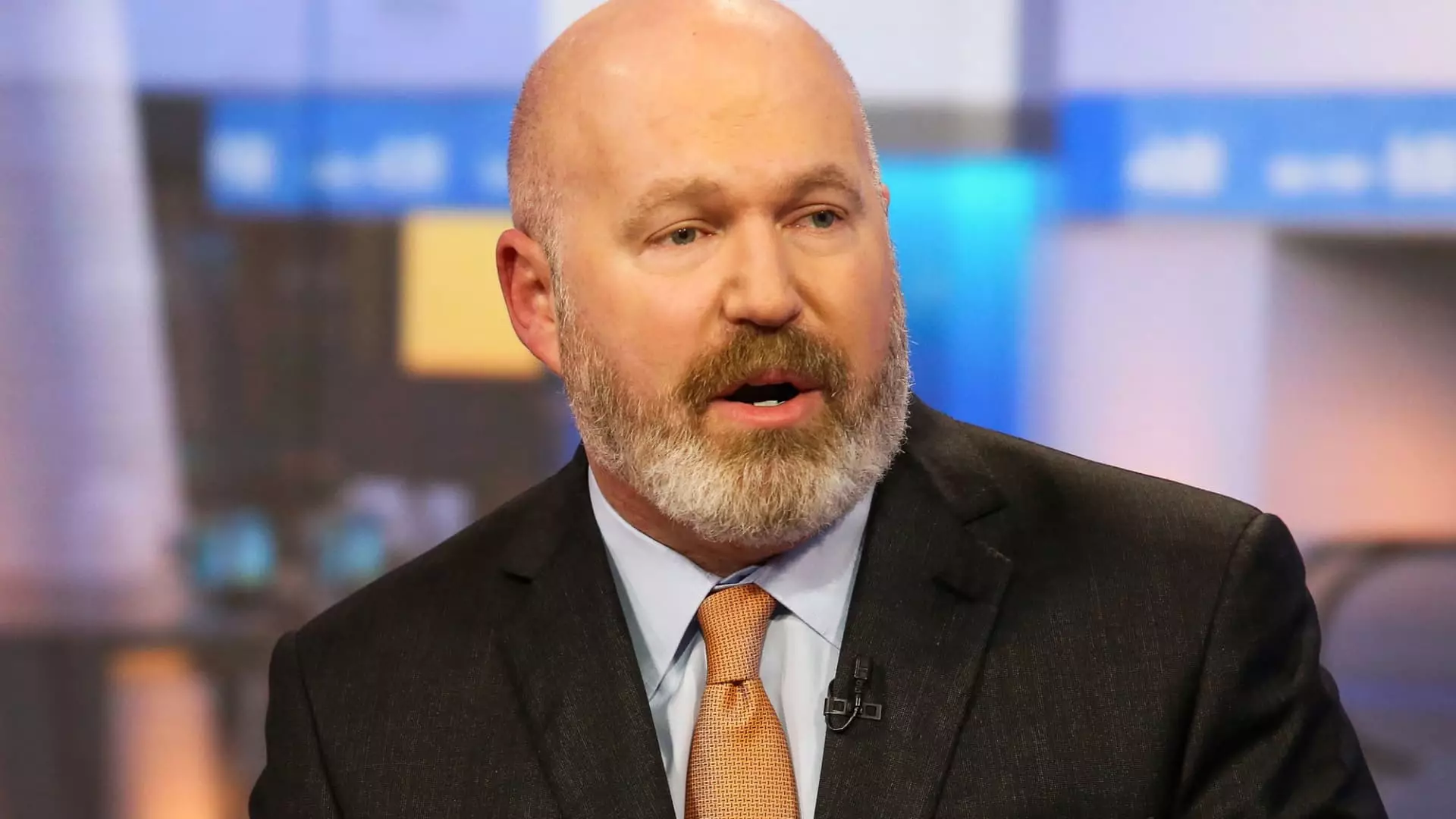In a year marred by geopolitical upheaval, economic uncertainty, and aggressive trade conflicts, it’s tempting to view the remarkable performance of firms like AQR Capital Management as indicators of resilience. Yet, beneath the surface, these gains beckon criticism. Is this surge a genuine reflection of market stability, or merely an inflated illusion driven by sophisticated strategies that capitalize on volatility? While hedge funds and quant-driven firms shout victory records, critics should probe whether such successes truly translate into sustainable growth or mask underlying vulnerabilities in our financial ecosystem.
AQR’s strategies—blending stocks, macro trades, and arbitrage—have boasted attractive returns, with their flagship Apex fund climbing over 11% in only half a year. But these numbers should be approached with skepticism. The year’s gains are primarily driven by rapid rebounds and market rebounds that many experts argue are fragile. When external shocks, like continued Middle East tension or escalating trade wars, threaten to unravel this apparent stability, the question arises: are these strategies merely exploiting temporary dislocations rather than creating lasting value?
Furthermore, the reliance on quantitative modeling and diversified hedge fund tactics increases systemic risks. These complex algorithms often operate under assumptions about market behavior that, if proven false, could amplify downturns rather than mitigate them. The success of hedge funds in recent months might simply be a bubble, inflated by artificial confidence and speculative chasing of returns — leaving ordinary investors and the broader economy exposed when the inevitable correction arrives.
Behind the Glamour: The Hidden Costs and Flaws
The glowing reports of AQR’s impressive performance should not overshadow their inherent fragility. The extensive rise in assets under management—from $99 billion to an eye-popping $142 billion—raises doubts about sustainability. Larger funds tend to become less nimble, more correlated with market trends, and more risky for the financial system as a whole. When many firms follow similar quant strategies, the risk of herd behavior becomes dangerous, potentially exacerbating market swings during downturns.
Moreover, the underlying philosophy championed by Cliff Asness—focusing on value, momentum, and diversification—can sometimes oversimplify complex global issues. The current market’s resilience in 2025 may be a mirage, a product of short-term tactical maneuvers rather than long-term economic fundamentals. Optimism fueled by these hedge funds often ignores the precarious geopolitical context, the inevitable cycle of boom and bust, and the fragile assumptions baked into their models.
From a political and moral standpoint, the assertion that market mechanisms alone can safeguard stability is flawed. It’s easy to celebrate hedge fund gains while dismissing the systemic risks they pose, especially when they thrive on market volatility rather than contribute to its stability. It raises ethical questions about whether these firms, protected by loopholes and regulatory leniency, are aligning with broader societal interests or just profiting from chaos.
While AQR’s recent results might appear as evidence of financial ingenuity and resilience, they should prompt a healthy skepticism. In a world rife with uncertainties, the perception of triumph should be scrutinized, keeping in mind that beneath these fleeting victories lie vulnerabilities that could destabilize the very systems we rely upon.

